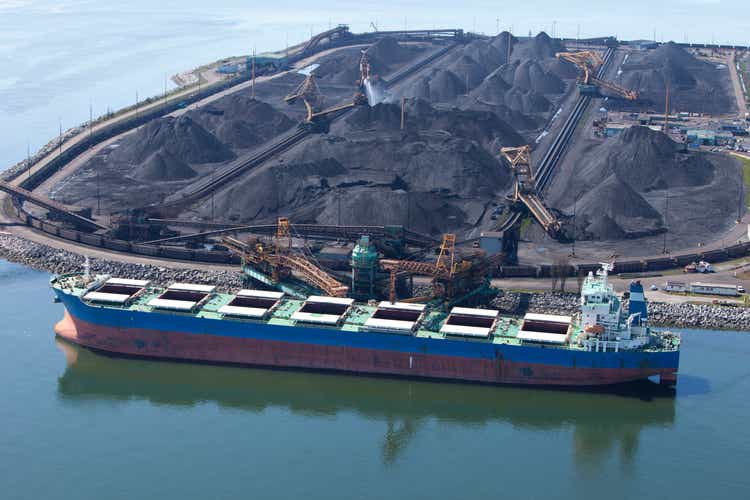
dan_prat
The paralysis of shipping traffic at the Port of Baltimore will slow the growth of U.S. coal exports and reduce the use of bunker fuel, the Energy Information Administration (EIA) said Thursday.
Subsequently the collapse of the Francis Scott Key Bridge in Baltimore was hit by a container ship early Tuesday morning and shut down the second-largest U.S. coal export port. Transportation officials said it is too early to say how much it will take to reopen the port or replace the bridge.
“As the port is an important transit point for merchant ships and bulk carriers, we expect bunker fuel consumption to decrease,” the EIA said.
Baltimore last year handled exports of 28 million short tons, or 28% of total U.S. coal exports and second only to the Port of Hampton Roads in Norfolk, Virginia, according to census data.
“An attractive feature of the Port of Baltimore is its proximity to the coal fields of northern Appalachia, western Pennsylvania, and northern West Virginia,” according to the EIA. “Other nearby ports, particularly Hampton Roads, have additional capacity to export coal, although factors such as coal quality, pricing and scheduling will influence how easily companies can switch to exporting from another port.”
About 19 million short tons of last year’s exports were steam coal, used to generate electricity and heating. Another 9 million short tons consisted of metallurgical coal, used by steelmakers.
The main destination for steam coal over the past five years has been India, where the brick industry is a major customer. Metallurgical coal was shipped to Asian countries such as Japan, China and South Korea, the EIA said.
Baltimore also imported 3,000 barrels per day of biodiesel last year, mostly from Central America and Western Europe, along with 4,000 barrels per day of asphalt from Canada and 2,000 barrels per day of urea ammonium nitrate, mostly from Russia.
The blocked port has less effect on more widely used refined petroleum products, the EIA says.